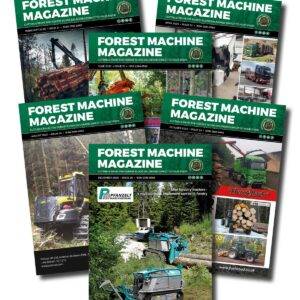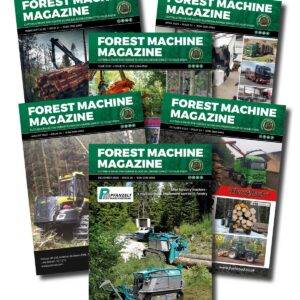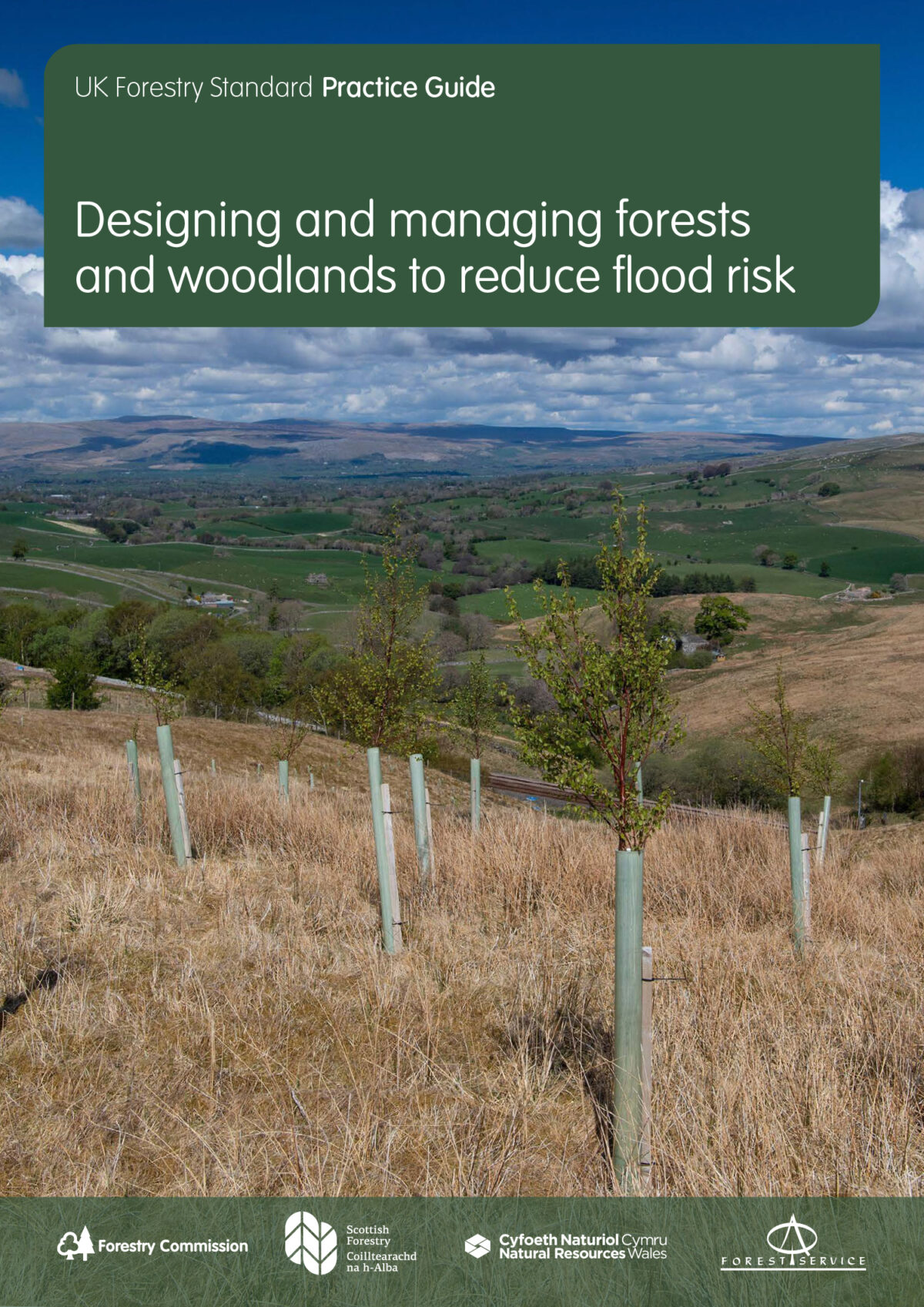Land managers across Scotland are being urged to take note of new forestry guidance on using trees as natural defences to minimise the risks of flooding.
Flooding is a major environmental hazard facing many parts of Scotland. With a changing climate bringing more extreme weather patterns, mixed with further urban development, there is an increased risk of flooding.
Forests and woodlands are known to reduce flood flows in many ways and can make an important contribution to natural flood management.
New advice in a UK Forestry Standard Practice guide, produced by the Forest Research agency, gives practical advice to landowners, managers and authorities involved in flood risk management, on how best to use trees to reduce flooding.
Welcoming the guidance, Environment Minister Mairi McAllan said: “I have been highlighting at a number of forums this year, the significant role that our forests and woodlands can play in tackling the onset of climate change.
“We are facing more extreme weather patterns and we should be prepared for milder and wetter winters in the future. With this, there is an increased risk of flooding.
“This new guidance describes how forestry can provide a natural defence to flooding and highlights the importance of complying with best practice.
“I would urge all foresters, landowners and land managers to follow the best practice contained in the new guidance.”
Forests and woodlands can help reduce the risk of flooding in numerous ways and key considerations on growing new woodlands can include forest design, location and the scale of the woodland.
Forest managers also need to carefully consider their operations including cultivation, drainage, and road construction and harvesting, as all these factors can have negative effects on flooding if not managed properly.
The new UK Forestry Standard Practice Guide: Designing and managing forests and woodlands to reduce flood risk can be viewed here.
-
That’s a remarkable amount of work hours for a single machine, the Norcar 600 owned by Erkki Rinne is taken well care of, it even has the original Diesel engine.
-
Kieran Anders is a forestry contractor working in the lake district. His work involves hand cutting and extracting timber using a skidder and tractor-trailer forwarder.
-
It is not possible to eliminate chain shot, but there are simple steps that can be taken to reduce the risk.
-
Arwel takes great pride in the fact that the mill has no waste whatsoever, “the peelings are used for children’s playgrounds, gardens and for farm animals in barns in the winter and the sawdust has multiple uses in gardens and farms as well.
-
Timber hauliers need to encourage young blood in, and also look after the hauliers we have, we need make the sector a safe and positive place to work.
FIND US ON
Related Posts
Forest Machine Magazine is written and edited by a forest professional with over 40 years hands on experience. We are dedicated to keeping you informed with all the latest news, views and reviews from our industry.
To support us you can subscribe to our bi-monthly magazine which is delivered to your door from only £30 per year.
Subscribe here
#homeoflogging #writtenbyloggersforloggers #loggingallovertheworld
-

 1 Year Subscription£0.00
1 Year Subscription£0.00 -

 2 Year Subscription£0.00
2 Year Subscription£0.00 -

 Issue 37£6.00
Issue 37£6.00 -

 Sustainable Logging: Powering The Planet T-Shirt£17.50 – £20.00
Sustainable Logging: Powering The Planet T-Shirt£17.50 – £20.00 -

 Sustainable Logging: Powering The Planet Hoodie£33.00 – £36.00
Sustainable Logging: Powering The Planet Hoodie£33.00 – £36.00

